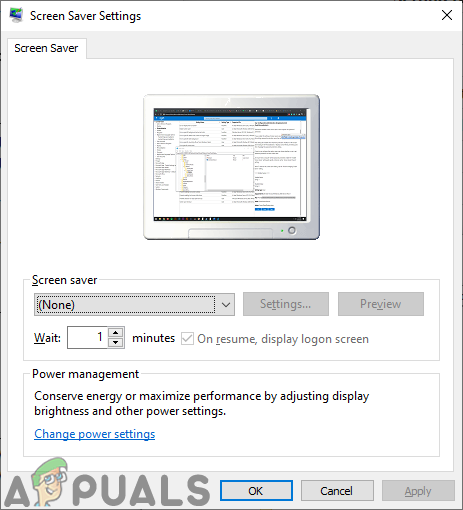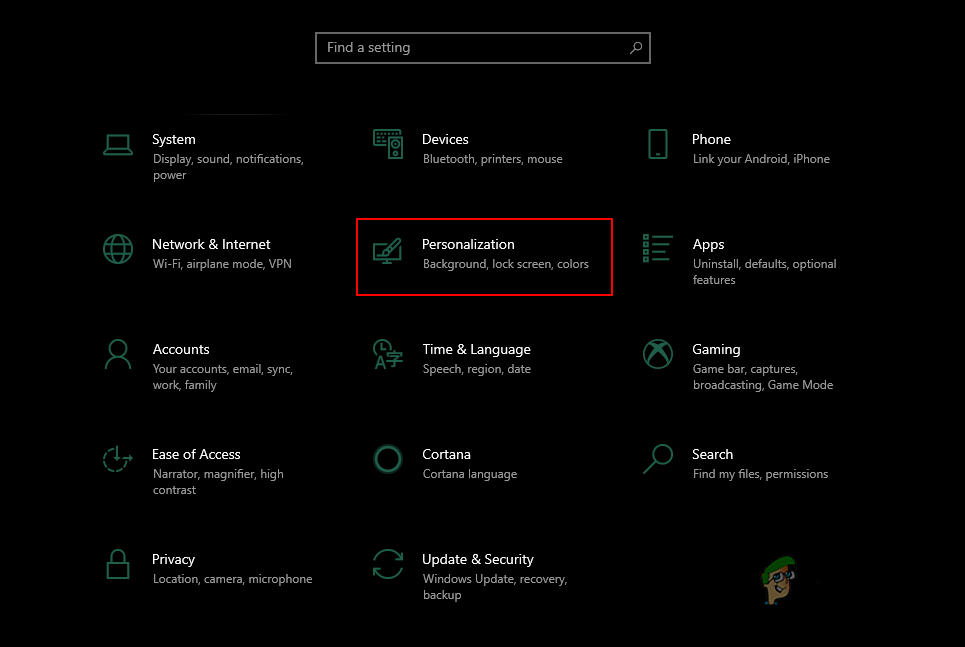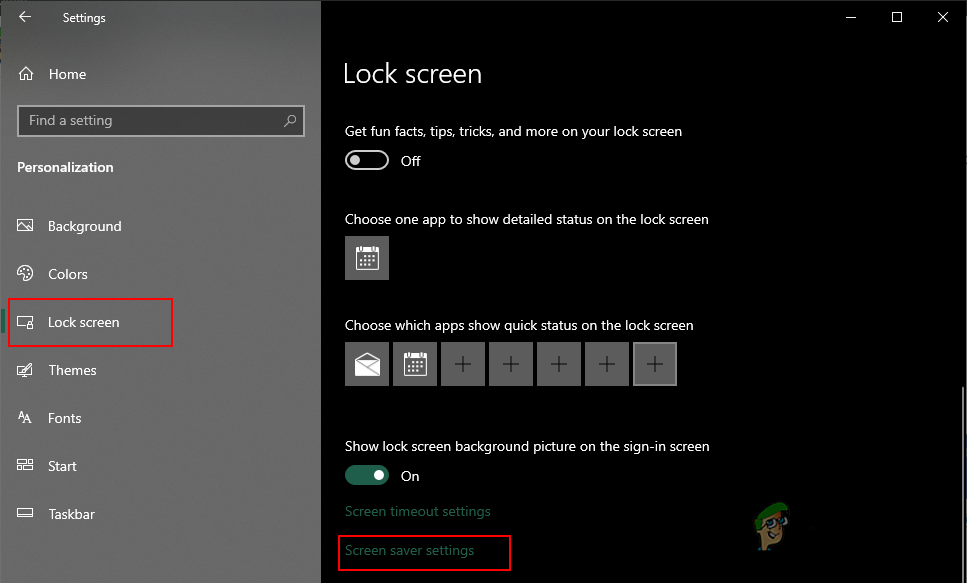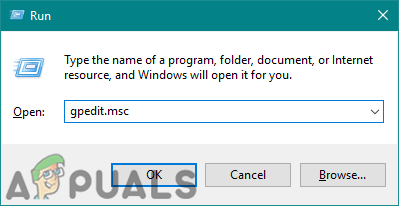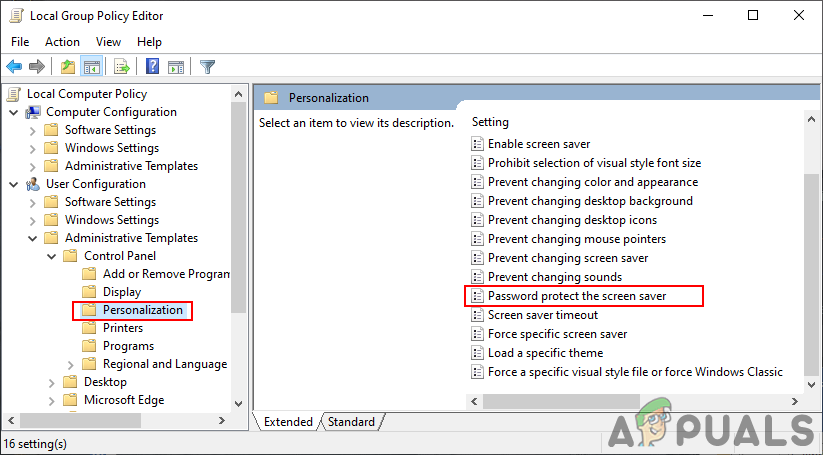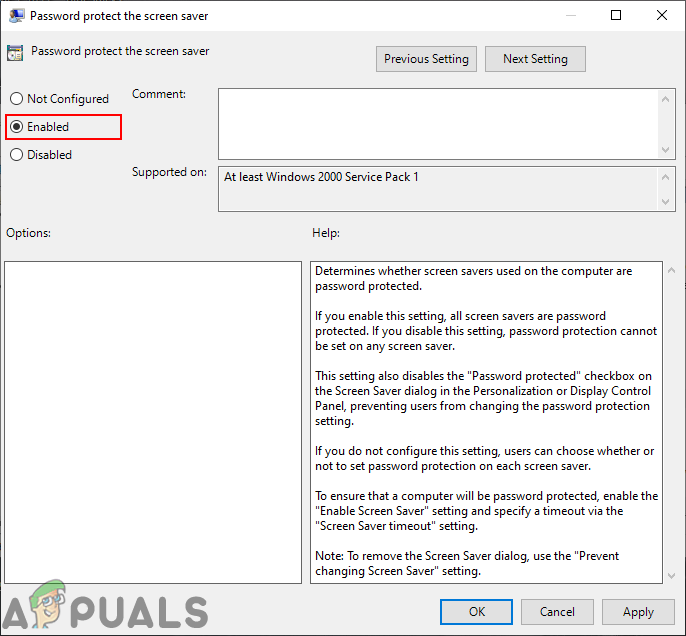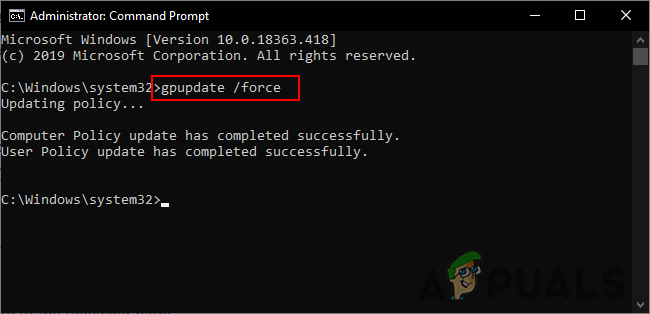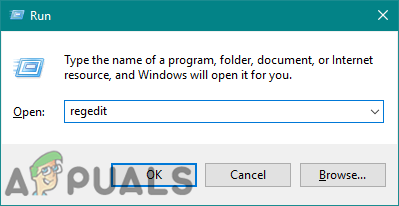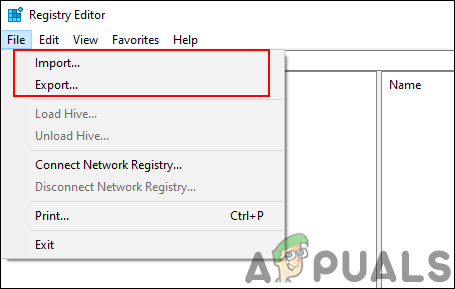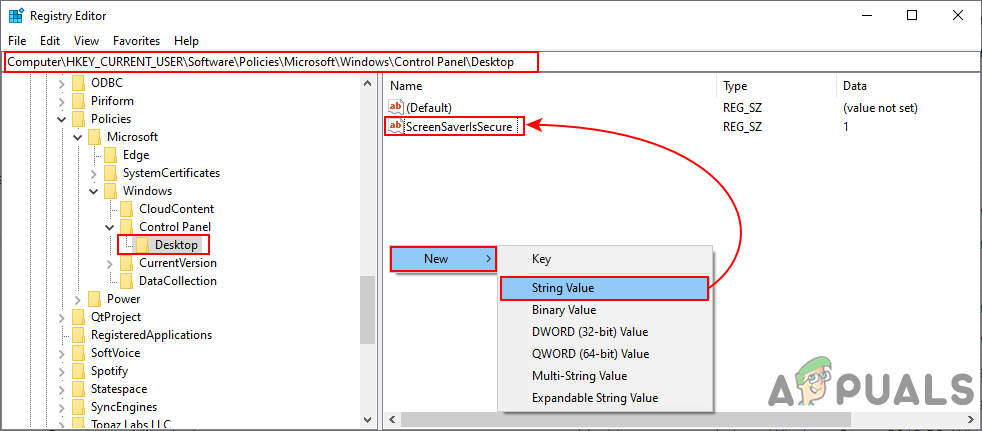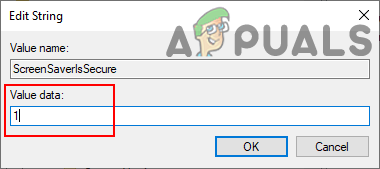Method 1: Using the Screensaver Settings
This is the common and the default method for enabling screensaver protection. The option can be found in the screensaver settings in Windows. This will work when the screensaver is set by the user. The screen will not lock when the user moves the mouse right after the screensaver starts. It takes a few seconds before the screen can be locked on your system. Check the below steps to set screensaver password protection:
Method 2: Using the Local Group Policy Editor
The Group Policy is a Windows feature that contains different types of settings for your operating system. By using the Group Policy Editor, you can enable and disable the screensaver password protection. It will also grey out the check box, so the standard users will be unable to change it without administrator rights. If your system is running a Windows Home operating system, then skip this method and try using other methods. However, if your system is already equipped with Group Policy Editor, then follow the below steps:
Method 3: Using the Registry Editor
Another method to configure and grey out the screensaver password protection setting is by using the Registry Editor. The Windows Registry is a database that stores all the information about the operating system and applications. If you already used the Group Policy Editor method, then the Registry will automatically be configured for the same setting. However, if you are using this method directly, then you need to configure it manually. There will be some keys and values missing to configure the setting. We have also provided a step for creating a Registry Backup in the below steps. You can choose to create a backup or skip creating a backup, it’s up to you.
How to: Password Protect a Folder on MacOSHow to Password Protect Zip FileHow to Password Protect or Encrypt Excel FilesApple Announces New Password Manager Resources: Standardising The Rules of…
